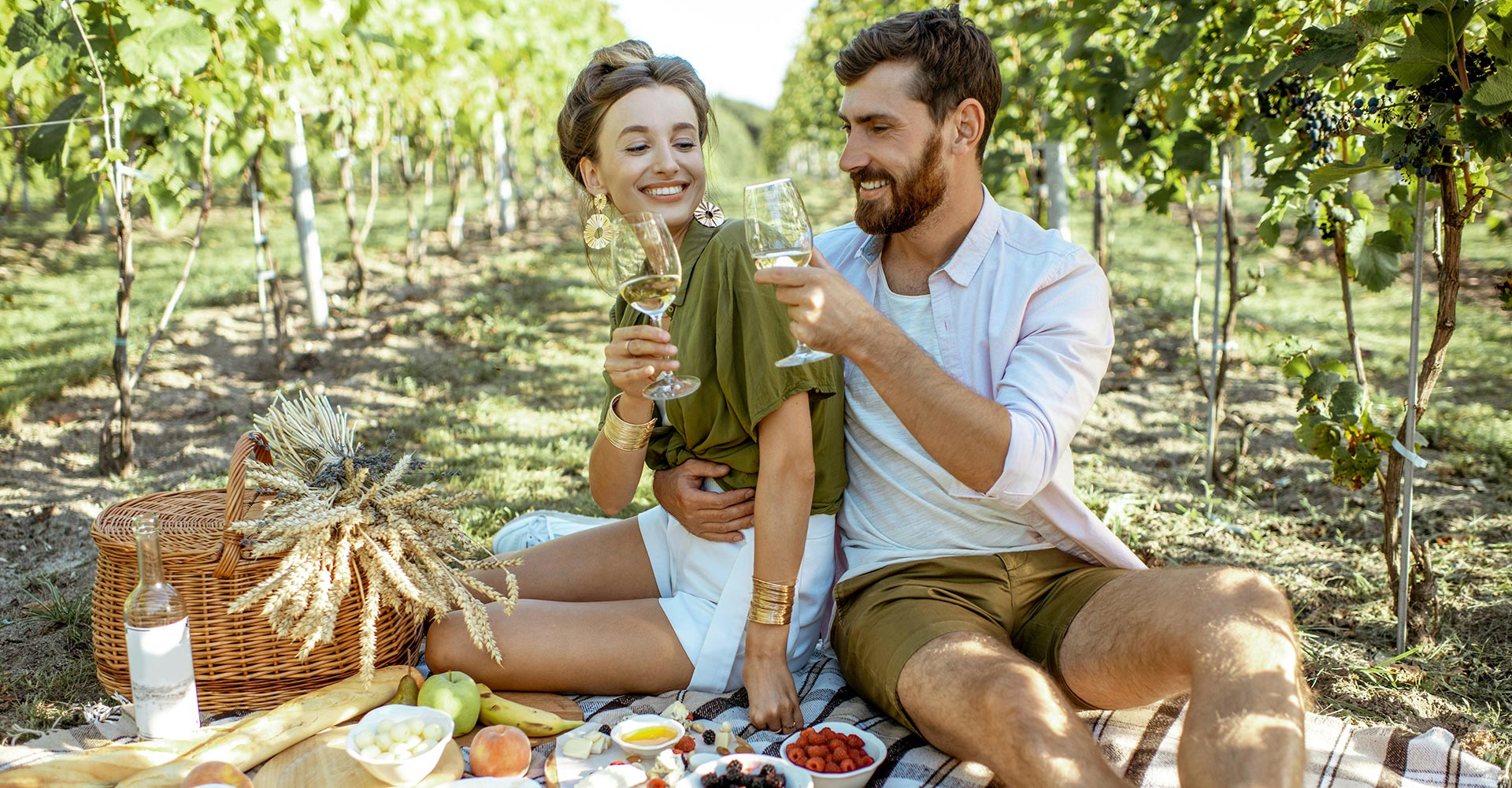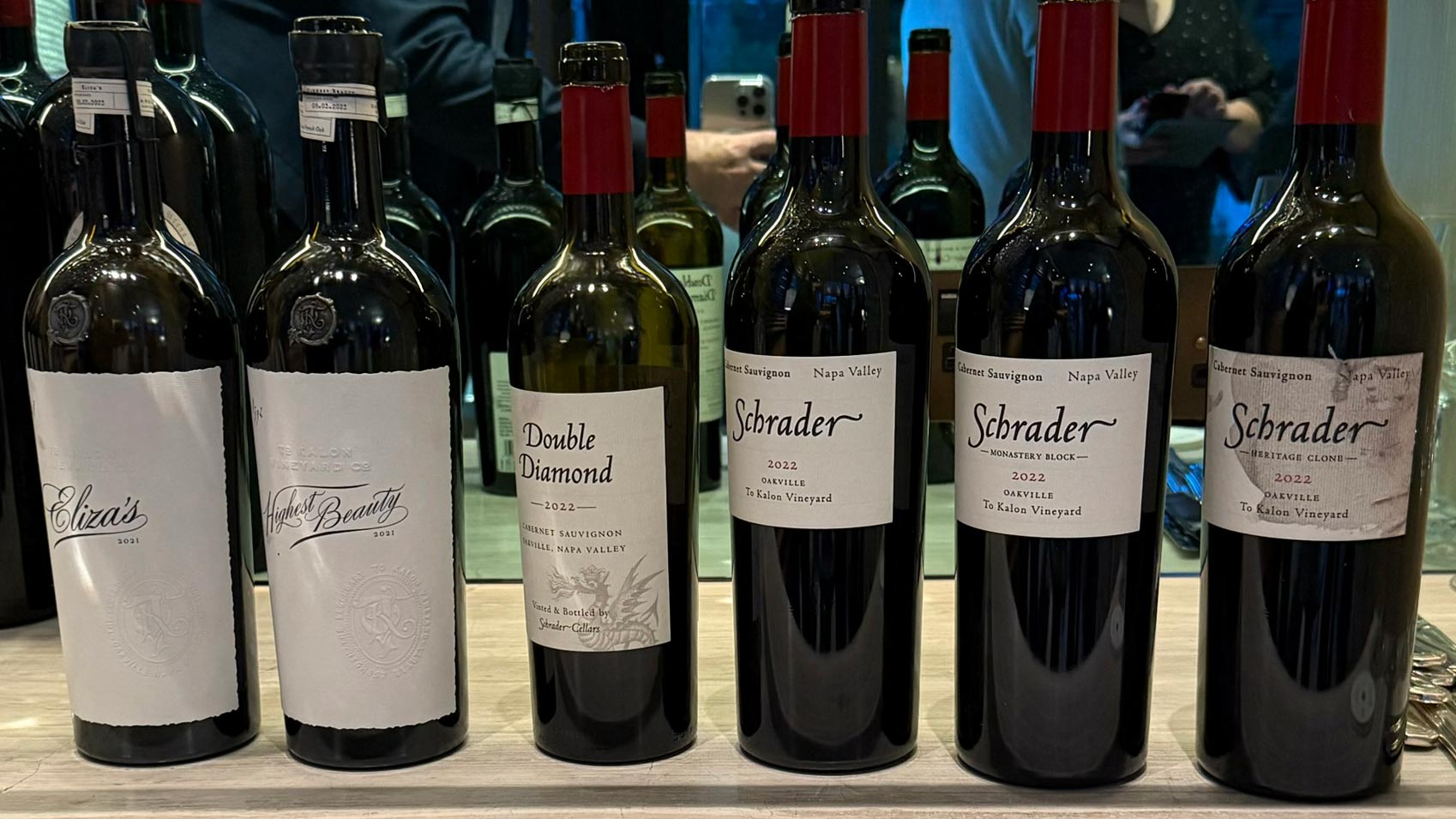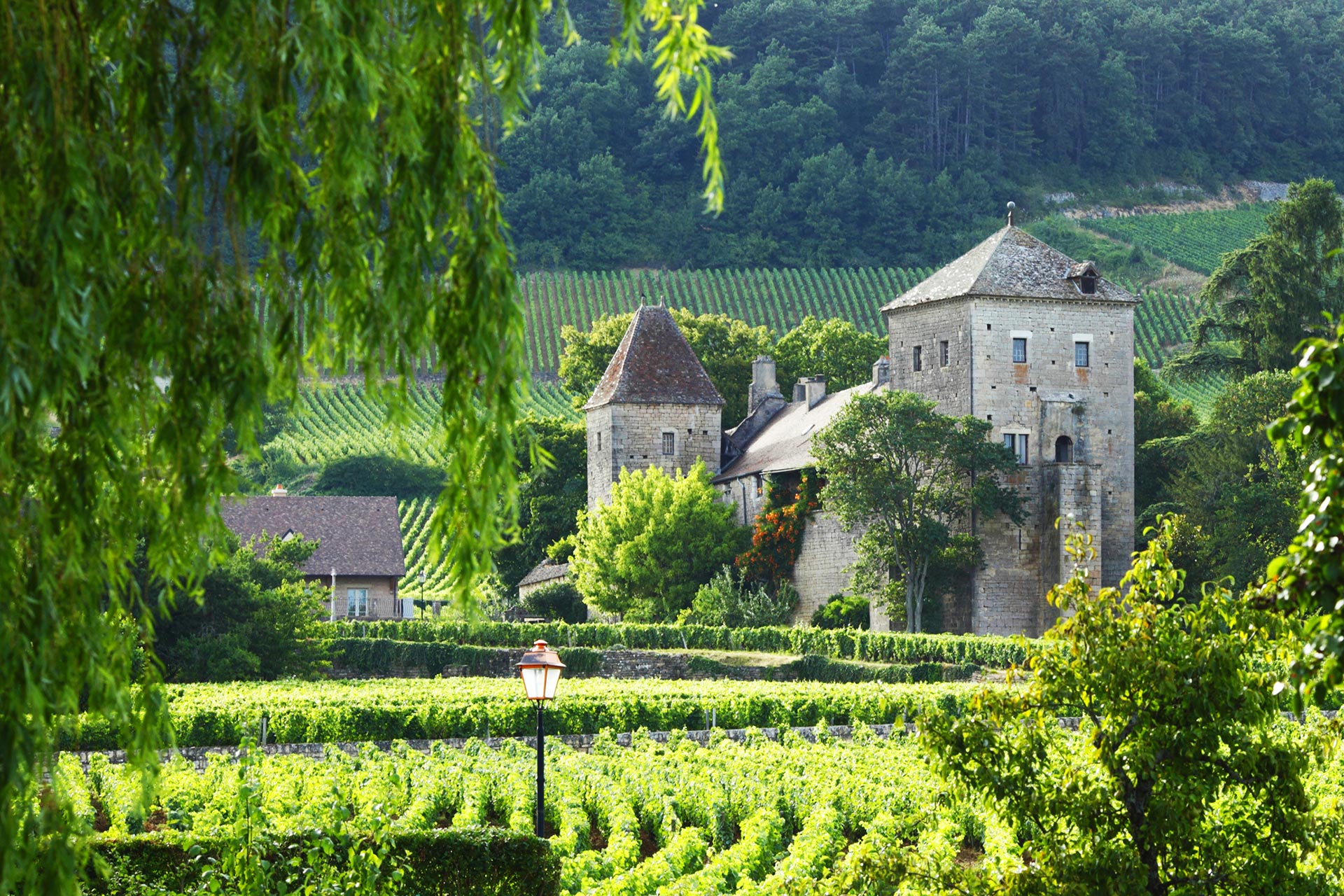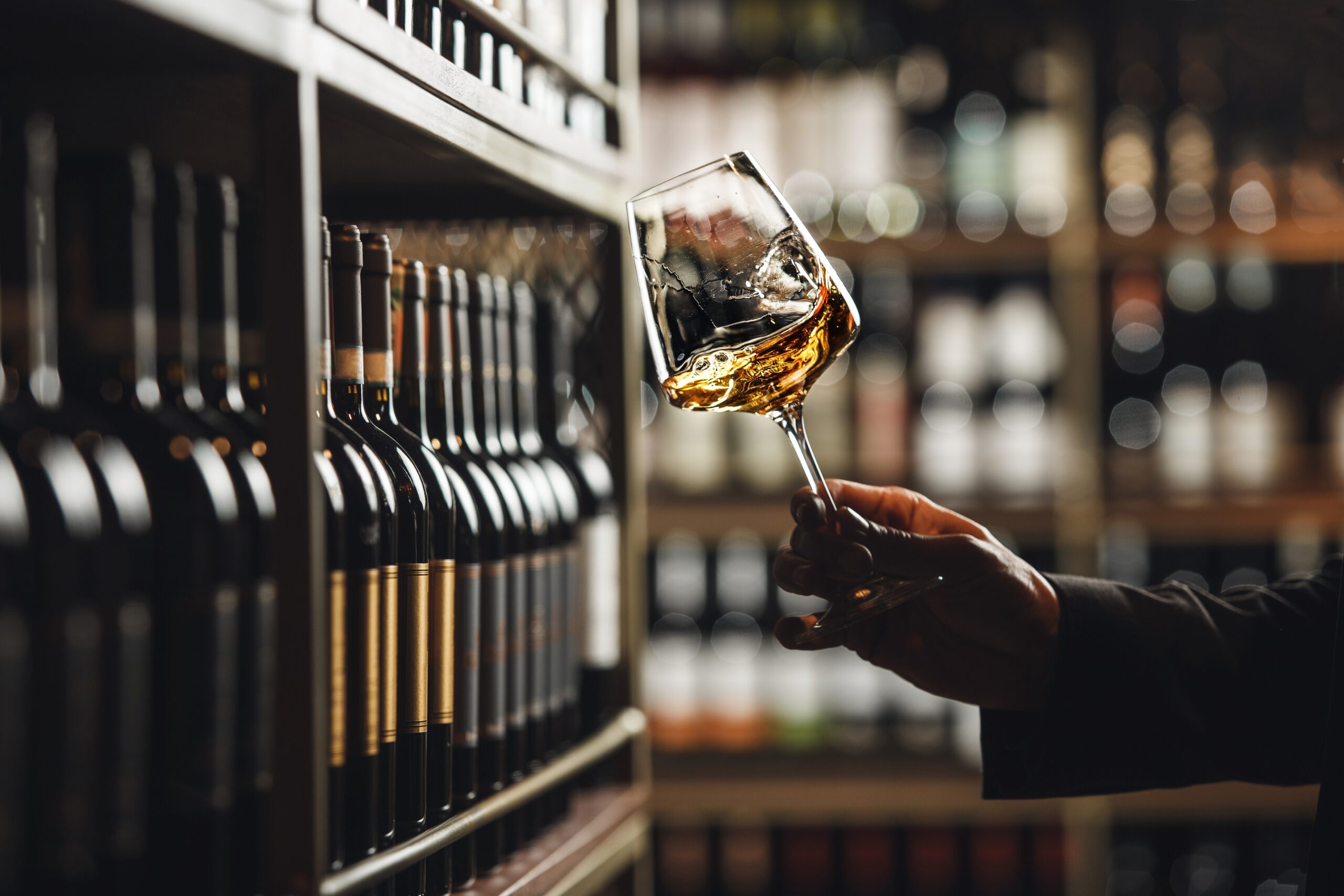Remember when visiting a winery meant standing at a bar and pretending you could taste the difference between blackberry and “dark fruit”? Good times. But these days, if your winery experience isn’t leaving visitors floating above vineyards in a hot air balloon, blindfolded and sipping a Grenache they blended themselves, you’re not keeping up.
The wine industry is facing a juicy contradiction. Global wine consumption is declining (1.9 billion fewer bottles between 2017 and 2022), but wine tourism is booming. With a projected market size of $332 billion by 2034, the message is clear: fewer bottles are being opened at home, but more people are showing up at vineyards expecting an experience to swirl, sniff, and Instagram.
The modern wine drinker is no longer satisfied with a swirl-and-spit. They want emotion. They want meaning. They want to walk away not just with a bottle, but with a story to tell. And if they can post about it in real-time, all the better. Experiences are the new currency of loyalty, and the brands that understand this shift are the ones who’ll thrive in the next chapter of wine commerce.
In short: the tasting room is no longer enough. Wineries must now become hospitality destinations, experience designers, and emotional storytellers if they want to thrive. Direct-to-consumer (DTC) isn’t just a nice-to-have—it’s a necessity.
From Sippers to Superfans: Why Experience Is the New Merlot
Younger consumers, especially Millennials and Gen Z, are driving the trend. They want more than a glass of Chardonnay—they want the story behind the grape, a slice of culture, and maybe a side of yoga in the vineyard. For them, wine tourism isn’t a pit stop—it’s the holiday.
And they’re not just drinking—they’re documenting. Every pour, every plate, every moment is a content opportunity. So if your cellar door doesn’t offer at least three Instagrammable backdrops and a witty hashtag suggestion, you’re missing out on free marketing from your most influential guests.
This is where loyalty is fermented. Emotional connection trumps satisfaction. People may forget the wine (especially after the fifth tasting), but they won’t forget the feeling. And those feelings drive brand advocacy, club membership, and repeat visits.
True fans aren’t born—they’re made, one unforgettable moment at a time.
A Winery Walkthrough Worthy of a Michelin Star
Standard tastings are out. Sensory journeys are in. Think vineyard yoga, blending workshops, winemaker dinners—and yes, balloon rides over Ribera del Duero. Every touchpoint should scream exclusivity and Instagrammability.
The architecture of these experiences matters. Bring in local gastronomy. Use storytelling to showcase terroir. Swap beige walls for décor that tells your history. Introduce scent jars, ambient soundscapes, and textured labels to turn memory into muscle memory. People remember with their noses more than their notes.
And why not go further? Build immersive rooms that simulate barrel ageing. Offer vineyard treasure hunts for families. Host artist residencies and pop-up galleries. Wine may be the product, but the experience is the brand.
Operational Design: From Grape to Great
Behind the scenes, your winery needs to work like a well-oiled (or well-oaked) machine. Design spaces for flow—both human and grape. Use tech smartly: QR codes, AR labels, and interactive kiosks should enhance the experience, not replace the charm of your winemaker talking passionately about the 2020 vintage while your glass is refilled.
Train your staff like sommeliers of storytelling. Emotional intelligence (EQ) is your secret ingredient. Don’t settle for seasonal student workers who think Pinot Grigio is a perfume. Invest in education. Turn casual team members into trusted advisors.
Remember, your people are the face of your brand. If they’re not telling your story with energy, knowledge, and charisma, no amount of scenic vineyards or premium vintages will save the experience.
Tiered Tasting, Tiered Pricing, Tiered Profits
If you’re not pricing your experiences like your best vintages, you’re leaving money on the barrelhead. Create packages for every taste and budget:
- The Enthusiast – Self-guided vineyard strolls and a few generous pours.
- The Reserve Immersion – Guided tastings, food pairings, and hands-on blending.
- The Vintner’s Exclusive – Winemaker dinner, private tastings, luxury transport. Champagne on arrival optional—but encouraged.
Throw in dynamic pricing (harvest weekends cost more) and bundle those experiences with slower-moving stock. Offer “tasting-to-takeaway” discounts that encourage guests to leave with a full case.
You’re not just selling wine; you’re selling moments. Make them count, then price them like they’re worth it—because they are.
From Day Tripper to Lifelong Member
The Wine Club isn’t an afterthought—it’s the goal. That lovely couple from last Saturday? Don’t let them leave without an offer to join. Use tasting rebates, exclusive deals, and seamless digital sign-ups to convert visits into value.
Then let tech do the heavy lifting. Use AI to recommend wines, send post-visit emails based on what they tasted, and even predict churn before it happens. Hyper-personalisation makes even a 10,000-member club feel intimate.
Use birthdays and anniversaries to trigger surprise gifts. Send winemaker updates, food pairing guides, and local travel tips. Keep the romance alive, and they’ll stay longer—and spend more.
The Final Pour
Wineries that blend sensory magic, emotional connection, and smart tech will be the ones pouring profits long after the tasting ends. Treat your winery not as a production site, but as a premium destination. Train your staff like experience sommeliers. Embrace storytelling like you embrace fermentation.
And remember: the future of wine isn’t just in the bottle—it’s in the experience. Create a journey people will talk about long after the cork is popped, and you won’t just make a sale—you’ll make a fan for life.
Cheers to that.



